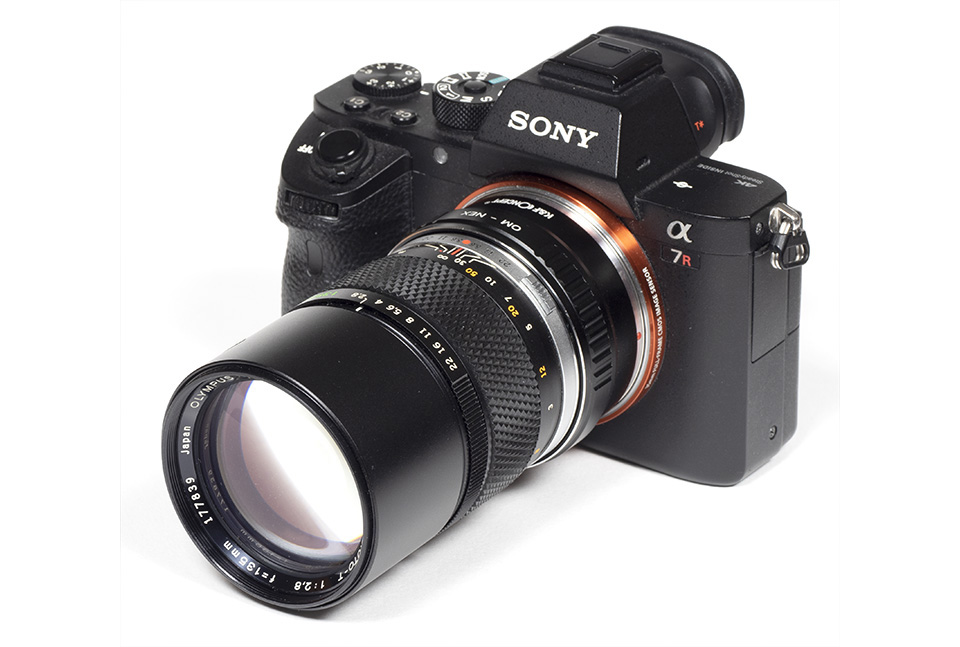Review by Klaus Schroiff, published January 2023
Introduction
We already reviewed the Olympus Zuiko MC 100mm f/2.8 and didn’t really plan on going for another vintage telelens from Olympus … but there was an attractive offer for an Olympus Zuiko MC 135mm f/2.8 and we thought that the Canon FD 135mm f/2.5 review could use a companion in the 135mm class. The 135mm f/2.8 (“E-Zuiko AUTO-T 135mm f/2.8”) was first introduced in 1972 and refined in 1977 (“Zuiko AUTO-T 135mm f/2.8”). This review is about the latter which features improved multi-coating.
As far as release dates go, the Olympus lens is the most modern of the medium-tele test group (so far) although it still uses a classic lens design consisting of just 5 elements in 5 groups. Typical for most Zuiko lenses, it is comparatively tiny (without the required adapter) and lightweight making it also one of the most attractive candidates in our book at least. Olympus also offered a slower version – the 135mm f/3.5 which is smaller still.
As expected, the build quality of the lens is outstanding. The lens body is made of metal, and the focus ring operates silky smooth. The focus ring is rubberized so make sure that it hasn’t deteriorated when shopping – ours was in excellent shape though. Another frequent Olympus quirk is that the aperture ring is located in front of the focus ring rather than next to the mount, which may be something to get used to. The aperture stepping is rather coarse at one stop. The click action is very nice though. Typical for its time, it uses an extension mechanism for focusing; thus the length of the lens increases towards shorter focus distances. A nice and very welcome specialty of the 135mm f/2.8 is the built-in telescope-style lens hood.

Needless to say – it’s a fully manual lens. Thus you set the aperture on the lens while (usually) setting the camera to aperture priority mode. Manual focusing is pure joy with this lens, and it’s also precise when using a magnified view.
| Specifications | |
|---|---|
| Optical construction | 5 elements in 5 groups |
| Number of aperture blades | 6 |
| min. focus distance | 1.50m (max. object magnification 1:?) |
| Dimensions | 80x61mm |
| Weight | 360g |
| Filter size | 55mm |
| Hood | barrel-shaped, built-in |
| Other features | – |
| Mount | Olympus OM |
Distortions
The Olympus Zuiko MC 135mm f/2.8 produces a marginal amount of pincushion distortion. This should go unnoticed in real life.

Vignetting
The lens produces a slightly better than average vignetting at f/2.8. At ~1.1EV (f-stops), the light falloff can be visible, although it’s not overly disturbing by full format standards. Stopping down to f/4 reduces the issue substantially and it’s practically gone from f/5.6.

MTF (resolution @ 42mp on Sony Full Format)
Despite its age, the Olympus Zuiko MC 135mm f/2.8 is still far from being obsolete in terms of resolution. The broader center is already sharp at f/2.8 and the outer image field is still easily on a good level. Stopping down results in a marginal improvement at f/4 and f/5.6. The peak performance stays somewhat short of modern lenses but this applies to all vintage lenses that we have tested to date. As usual, diffraction has a higher impact from f/11 onward.The field curvature is low. The centering quality of the tested sample was good.
Please note that the MTF results are not directly comparable across the different systems!
Below is a simplified summary of the formal findings. The chart shows line widths per picture height (LW/PH) which can be taken as a measure of sharpness. If you want to know more about the MTF50 figures, you may check out the corresponding Imatest Explanations.

Chromatic Aberrations (CAs)
The weakness of the Olympus lens is lateral CAs. At around 2px on average at the image borders, they can be very noticeable. For best results, you will have to fix this manually during post-processing.

Bokeh
A 135mm f/2.8 lens is meant for shallow depth-of-field photography so let’s have a look at the bokeh.
Out-of-focus highlight discs are very smooth with no visible outlining. Stopping down to f/4 produces a more edgy aperture shape already. If you followed us in our previous vintage test, you have noticed that this is a reoccurring topic within the medium-tele test group.

As you can see below, the discs are deteriorating to “cat eyes” in the outer image field. This is still moderate but obviously noticeable. Stopping down restores the “circular” shape although the more edgy aperture doesn’t make it more pleasing.
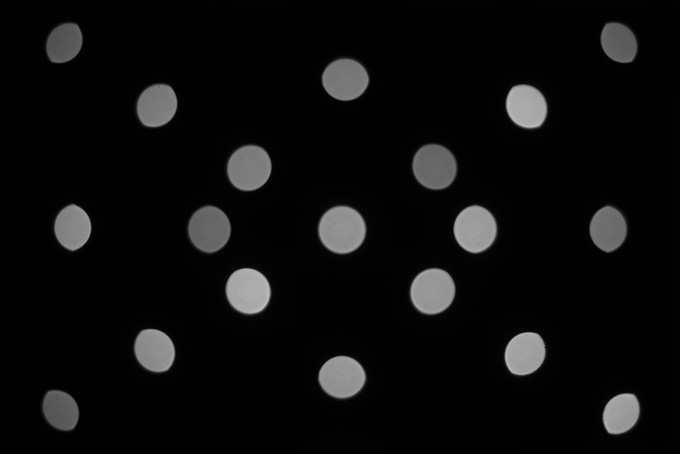
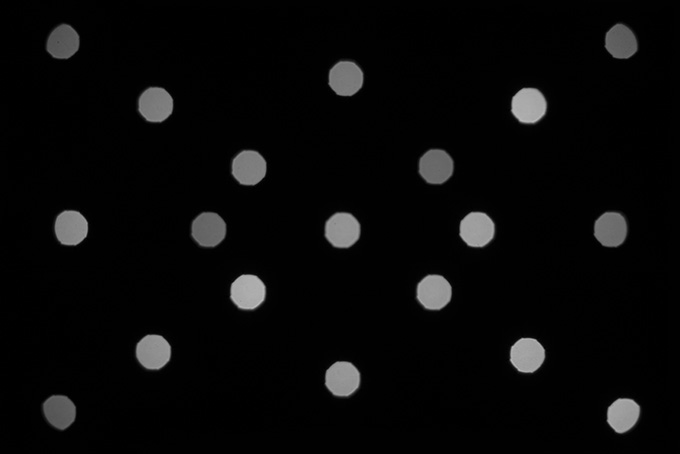
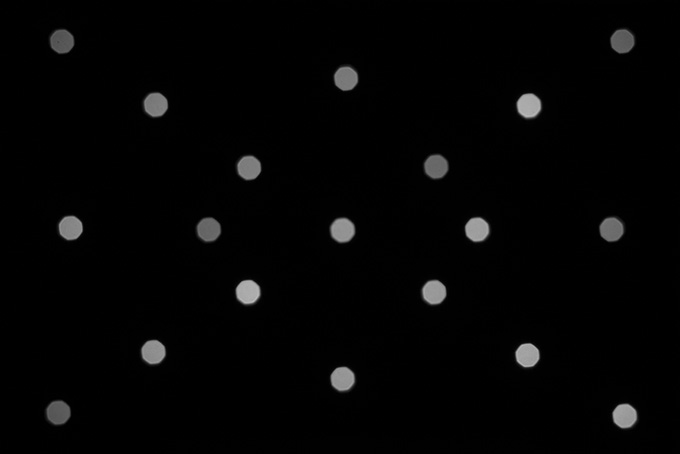
The quality of the general blur in the focus transition zone is somewhat smeary and unsymmetrical in the image background (shown to the left below) whereas the foreground blur (to the right) is pretty smooth in comparison.

Bokeh Fringing / LoCA
Boheh fringing/LoCA is an axial color fringing effect with purplish halos in front of the focus point and greenish beyond.
Typical for most vintage lenses, the Zuiko struggles in this respect, as you can see below. Stopping down to f/4 reduces the LoCAs, and traces remain at f/5.6.
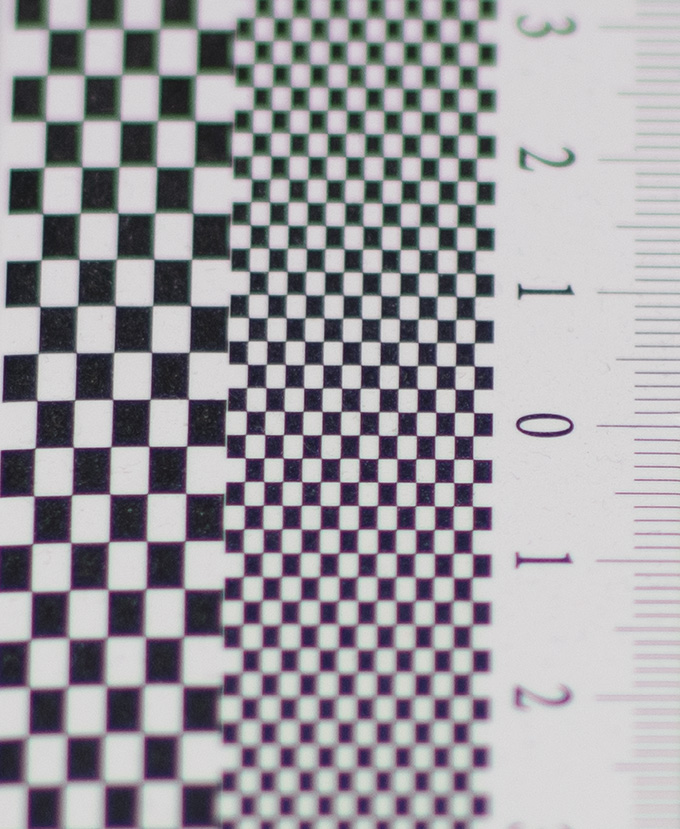
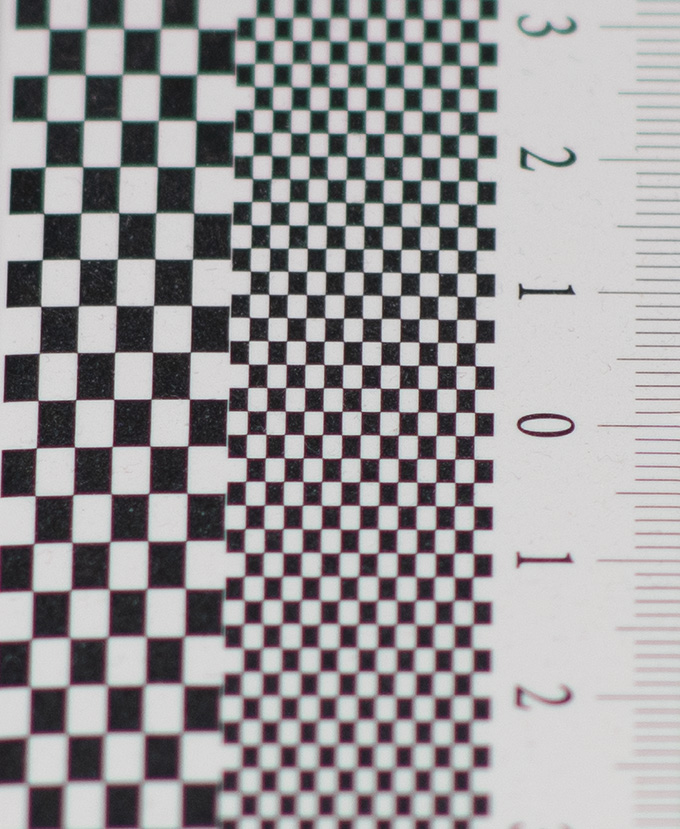
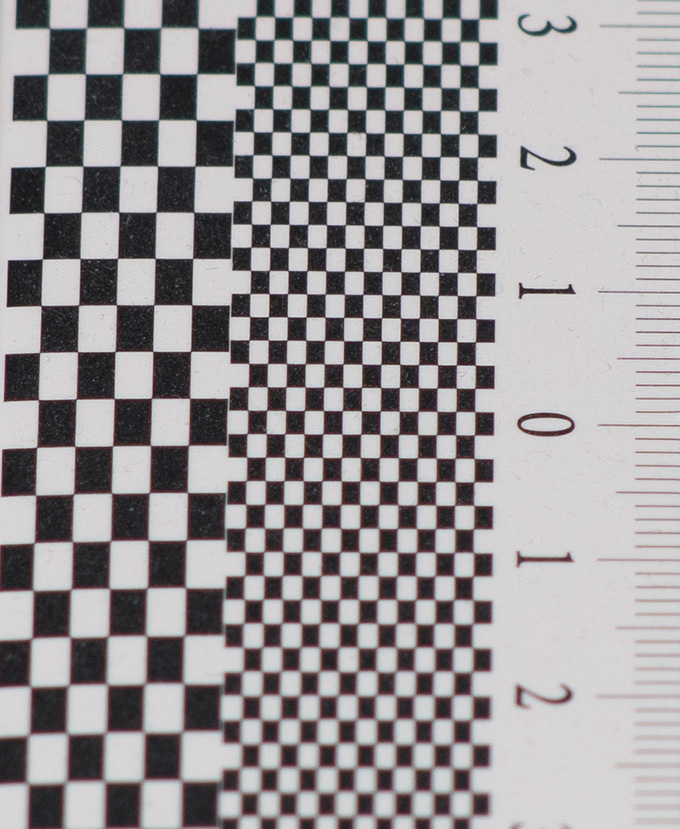
It may not reach the performance heights of modern prime lenses but the Olympus Zuiko MC 135mm f/2.8 is capable of producing very sharp results straight from f/2.8, especially in the image center but the border/corners are also more than just decent. Image distortions are basically absent. The amount of vignetting at f/2.8 is a tad better than average although still noticeable. Axial CAs (LoCAs) are about average. Lateral CAs are one weakness of the lens. They will show up in critical scenes and require some post-correction to get the best quality from the lens. The other weakness is the quality of the bokeh. While out-of-focus highlights are nicely rendered, the background blur can be a bit smeary and uneven.
We'd describe the form factor of the Olympus lens as nothing short of adorable. It's a tiny, lightweight lens yet it offers brilliant build quality as well. The focus ring is super smooth and nicely dampened and, unlike on some other vintage lenses that we tested, the aperture ring action also feels premium. We are also a big fan of the built-in metal lens hood - a compact lens also deserves a compact lens hood solution after all.
The Olympus Zuiko MC 135mm f/2.8 would be the most desirable medium-tele in our vintage lens test group - if it wasn't for its bokeh. Thus as so often you will have to factor in your preferences when shopping in this lens class.
-
Optical Quality6
-
Build Quality10
-
Vintage "Character"10


